The “Great Resignation” is a real phenomenon affecting millions of business owners. My clients cite recruitment and retention among their top issues in every planning session. How can you scale your business in such a chaotic labor market? How can you promote your most promising employees into bigger roles when finding their replacements is so difficult?
As a Certified EOS Implementer, I see clients finding answers to these questions in the EOS Tools, specifically the Accountability Chart, the People Analyzer, the Delegate & Elevate tool, and the Quarterly Conversation (5-5-5).
Here are some best practices I see fast-growing companies follow when implementing the EOS Tools for employee development:
- Job grading and skills tiers. Most businesses depend heavily on their “worker bees”. Providing them a clear path to mastery (including promotions and improved compensation) is the best way to keep them and avoid vacancy and recruitment issues. Employees may not see the big picture of how their job supports the organizational goals. More importantly, they often don’t understand how to become more valuble. Using the Accountability Chart, companies running on EOS can easily define job grades and skills tiers for every seat in the company to reflect the continuum of mastery and responsibility. By differentiating with separate seats on the chart, employees can see escalating “Level 1”, “Level 2” and even “Level 3” roles. Managers can set training and certifications accordingly, so everyone knows what knowledge or skills they must demonstrate to get to the next level.
- Development Milestones:
-
- Capturing the starting date beside the employee’s name in every seat of the Accountability Chart helps leaders see where they have long and short tenure employees and identify next steps for each.
- Using “The Bar” of the People Analyzer, every team member is rated for Core Values and G-W-C (Gets it, Wants it, has Capacity to do it). To provide visual feedback on “Capacity to do it”, one client color-coded each seat on the Accountability Chart to provide at-a-glance feedback on team development:
- Green = “Raw”: Short time on the job or still in training
- Yellow = “Ready”: Has mastered the basics, but still learning
- Red = “Ripe”: Has mastered the basics, acquired additional skills and experience, outperforms others and is ready for more responsibility.
- The leader responsible for HR records a “milestone date” for every employee along with recommended experience, coaching or training to be acquired.
- In Quarterly Conversations, manager share these milestones with every employee along with feedback on their development. They use the Delegate and Elevate tool to help their employees see how to leverage their Unique AbilityTM and plan when and how to “let go of the vine”.
-
- Quarterly talent reviews. During their Quarterly Planning sessions, my most successful EOS clients bring up-to-date People Analyzer and Accountability Chart documents. They put “Next Steps for Development” on their Issues List. Armed with a fresh picture of who is “raw, ripe or ready” they set priorities for who needs critical coaching, skills training, or consideration for promotion. The Rocks and To-Do’s forged from these conversations keep leadership teams focused on employee development as a tactical priority for their growth.
It’s been said that “growth companies are training companies”. Training boosts engagement. Engagement reduces turnover. Move your team from “raw” to “ripe”. Find out how the EOS Tools can help you navigate the Great Resignation and experience Vision, Traction and Healthy: https://www.eosworldwide.com/



